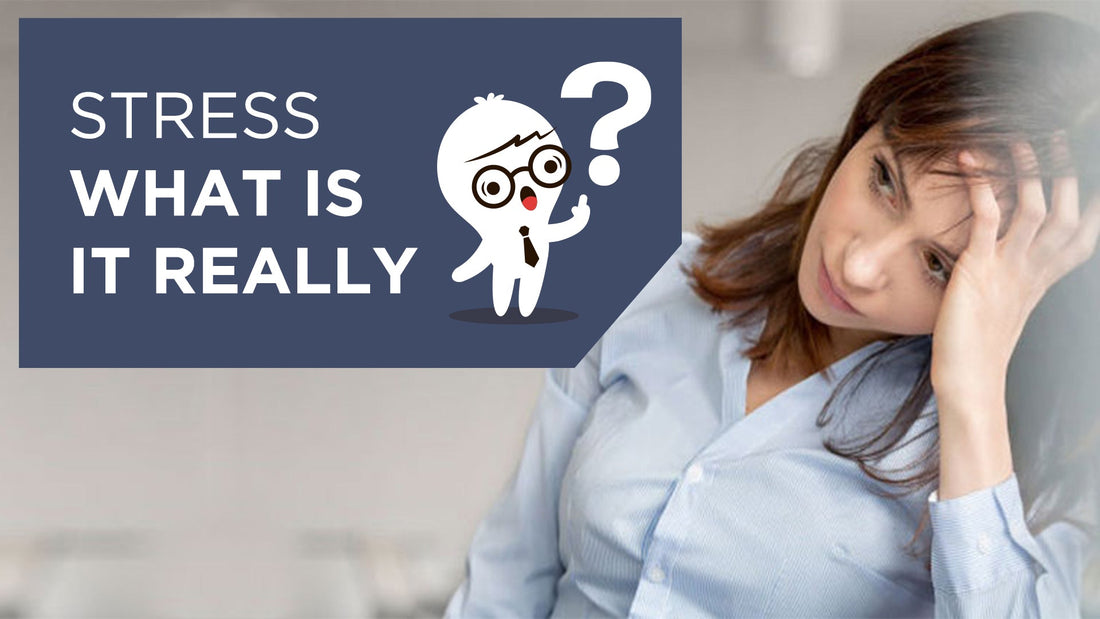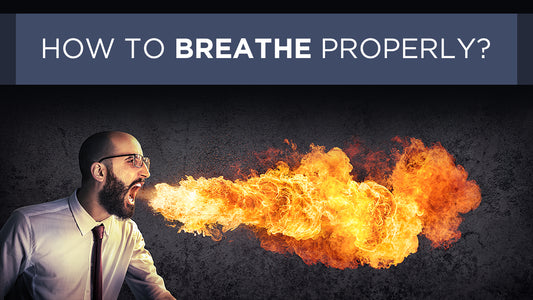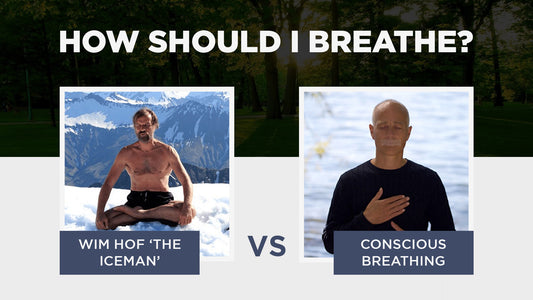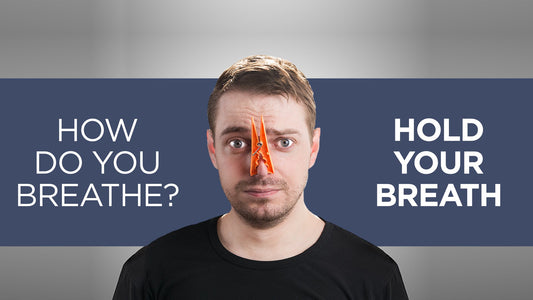
Stress – What is it Really?
What is stress, and how does it affect the body’s nervous and hormone systems? The famous stress researcher Hans Seyle defined stress as “everything that forces an organism to adapt to new conditions.”
- Stress is when your ambition is at level five while your resources and knowledge are only at level four
- Stress is when you have breathing habits that do not reflect your body’s needs
- Stress is when you do something under time pressure
- Stress is when you do something scary, something you’re afraid of, which takes you outside your comfort zone
- Stress is unprocessed feelings like sadness, fear, and anger
- Stress is imbalance between activity and recovery
- Stress is when you are sedentary, have poor posture and immobile, stiff, tense muscles
- Stress is internal conflicts where you think one thing, say another thing, and feel a third while your body takes you in a fourth direction
Our ability to handle stress is unique
Stress can be compared to having an income that is too low and costs that are too high, where you end up taking out more money from your bank account than you put in—over-drafted, overwhelmed. But stress in itself, is not bad. On the contrary, it is necessary as it forces you to think in new ways, develop, learn and gain new insights.
Man’s ability to handle stress and adaptation is unique. Therefore, we have been able to spread throughout the planet and live and evolve under widely different conditions—like Eskimos in extreme cold, desert nomads in extreme heat and mountain people at several thousand meters altiutde.
However, if stress becomes too much and lasts for too long, it breaks down your resources and your ability to adapt decreases. You become vulnerable and your risk of disease increases.

What happens when we activate the stress response?
Your body has two different protection systems, both of which are equally important for survival. One is the immune system, which protects you from threats that occur inside, such as bacteria and viruses. The second system mobilizes your defense against external threats via the HPA axis (Hypothalamus-Pituitary gland-Adrenal glands).
When the hypothalamus in your brain perceives a threat from the outside world, the HPA axis is activated by sending a signal to your pituitary gland, which in turn sends a signal to your adrenal glands, telling your body to activate the fight/flight/freeze response.
This stress response increases your pulse and redirects blood from the organs in your midriff to muscles in your arms and legs so that you can fight or flee from the perceived danger.
The immune system is worsened
External threats have higher priority compared to internal threats, which causes the stress response to put the immune system on the back burner. That is why stress hormones are given to a person who has had an organ transplant, to reduce the immune system’s activity so that the body doesn’t reject the foreign organ.

Stress increases sugar cravings
The stress response requires a lot of energy, but since it takes too long to get it through digestion, your body relies on stored energy. Consequently, digestion goes down to low levels. Since you need quick energy in times of stress, your liver increases the production of glucose, since sugar is a faster acting fuel than fat.
When you are stressed, it can be likened to running a sprinting race at full speed. You need energy fast (sugar) and you tire quite quickly because the energy production isn’t particularly efficient in this process. If you’re stressing a lot and live your life as if it were a series of sprinting races, your sugar cravings will increase while your stamina continues to decline.
Stress activates survival functions
The part of the nervous system that controls automatic functions, such as the muscles in the blood vessels and respiratory tracts, heartbeat, and digestion, is called the autonomic nervous system. It is divided into a sympathetic, activating part and a parasympathetic, calming part.
The sympathetic part prepares your body for increased activity and is active in the fight/flight response. The parasympathetic part influences rest, recovery and the conserving of energy.
Stress causes tunnel vision and autopilot

High sympathetic activity is like driving on the highway at 130 kilometers per hour. We get tunnel vision and to a large extent, react instinctively to what’s happening. We become more easily involved in conflicts and see things in a way that we perceive as threatening. Thus we feel fear and anxiety.
When I collided with a deer the other year, I had no idea that I had slammed on the brakes until I got out of the car and noticed the harsh smell of burning rubber. My reaction was automatic and instinctive.
If we in our daily lives operate primarily from sympathetic stimulation, we will tend to react in the same way, instinctively, to different situations. When these reactions are repeated, they eventually create profound habits. Stress becomes our habitual way of managing life’s events over time.
The four phases of stress
If you’re often tense and stressed, your body will reflect this stress over time. You get a worry wrinkle between your eyes, tense facial features around your mouth, shoulders up at your ears, or a slouched body posture. What I heard from my mother growing up, “Stop making those faces, you’ll end up looking like that,” is actually in reality.
High stress over a long period of time means that the stress becomes chronic and it leads to diseases, injuries and low energy. At times of stress, you automatically begin breathing more. Chronic stress causes a poor breathing pattern to become permanent, and make it even harder to relax.

Problems arise if you spend too little time in the recovery phase and too much time in the emergency and fight phases. When being exposed to prolonged stress, your body won’t hold up as long and you end up in the exhaustion phase. Conscious Breathing is a powerful tool to take you from the emergency-fight/flight and exhaustion phase back to the baseline (recovery phase).
Our inherent stress response doesn’t work in today society
Throughout our evolution, sympathetic activity (fight/flight/freeze) has been crucial to our survival. If we look at how we live today, we can see that we rarely end up in situations that really require fighting or fleeing.
When adrenaline pumps into your body, a variety of changes take place to get you ready to run away from danger or to defend yourself. However, this stone-age reaction is not effective when you sit in an office chair and the stress consists of a difficult email or an angry customer on the phone. You don’t turn to fight or flight, but just remain seated in your office chair thinking bad thoughts or sighs in resignation.
What happens if fight or flight lasts too long, is that you end up in a state of freeze where your reserves are exhausted and you give up and become apathetic and unable to act.
We simply need to upgrade our inherited stress response so that it is adapted to today’s society. Learn more about the close connection between breathing, stress and difficult emotions and thereafter how you can upgrade your stress response and thereby calm down a racing mind.
This article is based on the book Conscious Breathing.






